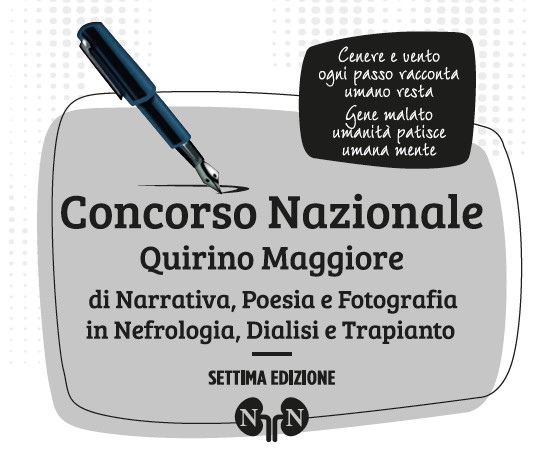Most read articles by the same author(s)
- Roberto Costanzi, Franco Brizzi, Giuseppe Iacovelli, Alessandra Nunzi, Gaspare Elios Russo, Anna Viola, Teresa Petrangolini, Francesca Diamanti, Gianna d’Adamo, Charter of the rights of the person with kidney disease , Giornale di Clinica Nefrologica e Dialisi: Vol. 27 No. 2 (2015): April-June 2015
- Gaspare Elios Russo, Tania Gnerre Musto, Massimo Testorio, Anna Rita D’Angelo, Silvia Lai, Barbara Borzacca, Augusto Morgia, Monica Serraiocco, Marta Casarci, Alessandra Nunzi, Andrea Martinez, Informed Consent in Apheresis: The Nephrologist's Point of View , Giornale di Clinica Nefrologica e Dialisi: Vol. 25 No. 4_suppl (2013): Proceedings of the VIII° National Congress on Therapeutic Apheresis











